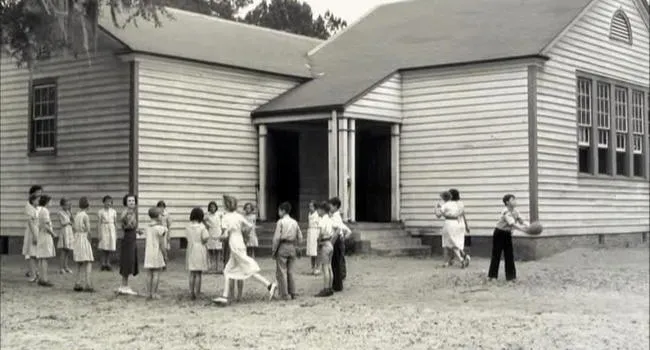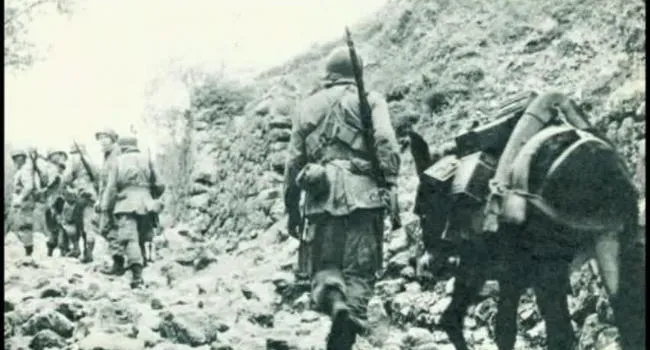Kaltura
The Tuskegee Airmen were African-American pilots during WWII. Before the war, the Army thought African-Americans could only be used as laborers. African-Americans faced all sorts of prejudice and discrimination. When African-Americans were allowed to become pilots during World War II, they proved many critics wrong, with their P-40 Warhawk, and P-51 Mustang fighter planes. They earned the nick-name “Red Tails,” for the distinctive red color painted on the tails of their aircraft. Several Army Air-Corps veterans talk about their experiences in the skies over North Africa.
Standards
- 5.3 Demonstrate an understanding of the economic, political, and social effects of World War II, the Holocaust, and their aftermath (i.e., 1930–1950) on the United States and South Carolina.
- 5.3.E Analyze multiple perspectives on the economic, political, and social effects of World War II and its aftermath using primary and secondary sources.
- 5.3.CE Analyze the cause and effect of government-sponsored policies within the United States and Europe related to the status of different groups, to include the Holocaust.
- 5.3.CX Contextualize the technological and geographic influence on military strategies in the Pacific and European theaters of war of World War II.
- 8.5.CO Compare South Carolina and U.S. wartime contributions and demobilization after World War II.
- USHC.4.CC Examine the continuity and changes on the U.S. homefront surrounding World War I and World War II.
Resources
You need to be logged in to listen to view this content. Create an account now; it's quick, easy, and free!
Log In to View





